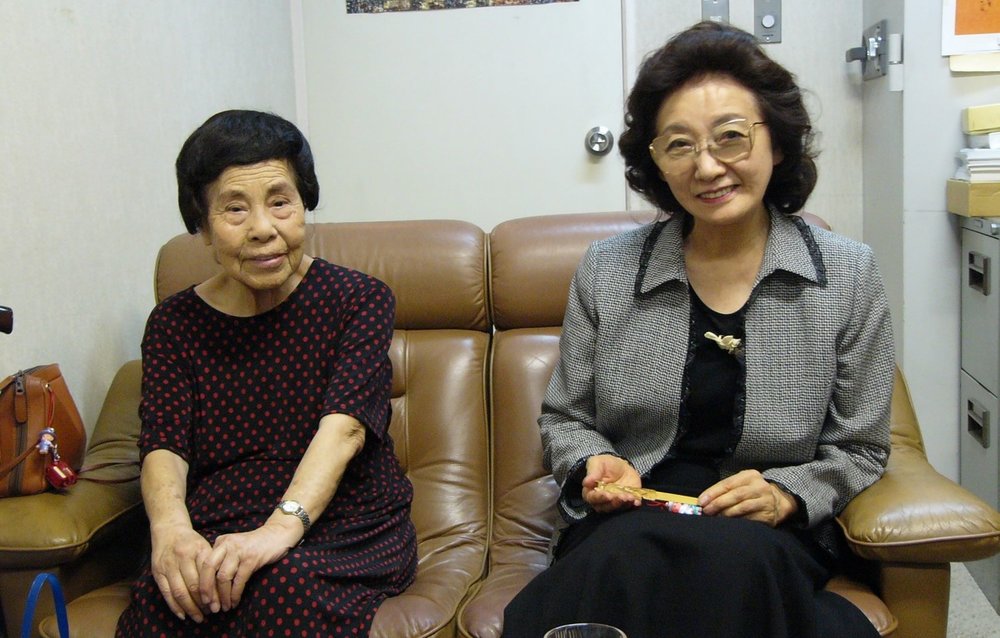
, communication director, British Union Conference
The little paper lanterns float down the river in serene beauty.
Over a period of hours many thousands float by. It is a moving experience standing in the twilight, watching a scene so peaceful, but with a memory of horror, death and destruction.
The festival is Toro-nagashi, the floating of paper lanterns down the Motoyasu River in downtown Hiroshima. This is year it is especially large. The few remaining Hibakusha, or A-bomb survivors, gather with tens of thousands of local residents, tourists and pilgrims to remember the dead and to pray for peace.
It's still hard to believe, even 70 years on. On Aug. 6, 1945, a single bomb detonated 1,900 feet (580 meters) above central Hiroshima instantly killed 70,000 people — and within a few months had killed that many again.
Yet there is hope for the future in retelling the stories of the past.
Adventists have long had a presence in Hiroshima. Just outside the central area stands a well-respected school with a beautiful church. That is where I met Mrs. Sako and Mrs. Kino, both Hibakusha.
Mrs. Kino was in her late 20s in August 1945. She lived about 2.5 miles (4 kilometers) from the epicenter of the blast and missed the main effects of the detonation.
Trained in first-aid, she spent her time helping those whose bodies were scorched by the heat blast, whose skin was sliding of their arms like undercooked pizza topping, or whose bodies were punctured with broken glass. Her story is one to stop you sleeping at night.
Yet she did not tell it in a sense of bitterness. She spoke of hope. She spoke of how God protected the Seventh-day Adventist community so that not one life was lost. She spoke of the help that she and her Adventist family were able to provide.
Mrs. Kino told me: “I knew God's promise in the Bible that although many fall I will save. Indeed, I think, I can feel the promise of that fulfilled for myself. I think many things happen in the world, but I think the most important thing is, just forget about fighting, but if we become close to each other, hand in hand, and believe in peace, I think that will bring a bright future.”

Mrs. Sako was not so fortunate. She was a 17-year-old schoolgirl called up by the military to help demolish buildings to make fire breaks in a city built principally of wood. When the Enola Grey plane flew overhead and dropped its solitary bomb, she was only a mile (1.5 kilometers) from the epicenter.
She told me how she saw a great flash. A mixture of blue and orange. How she was thrown over a 6.5-foot-high (2-meter-high) wall, where she landed, blinded by the blast, tucked between the wall and a water tank.
She could not say how many hours she lay there, but after a time her sight started to return. She crawled out into a scene of absolute devastation. All the soldiers and the men who were there at the time of the blast were gone. The houses were just flattened. There was just nothing.
Mrs. Sako survived because of the love of a father who never gave up on her. The first-aid clinics refused to treat her, telling her father that they had to help those who had some chance of living. She suffered for weeks with breathing difficulties, severe burns on the exposed parts of her body, and maggot-infested wounds and radiation sickness.
“Since then,” she said, “I really dislike war. I hate war. I really don’t want my children to experience what I experienced. I really try to do my best to prevent the thing that happened.”
Mrs. Kino and Mrs. Sako are exceptional people. With what they have gone through it would be understandable if they held hurt and bitterness in their hearts. Instead, they hold forgiveness.
Mrs. Sako married when she was 21. Despite the risk of mutation or deformity, she bore a son. Thankfully he was perfect, but his birth started her thinking about religion. She realized that she needed something in her life, an explanation for what had happened.
She looked around various religions starting with her traditional Buddhist and Shinto roots but also looking at various Christian churches. Eventually she received an invitation to an Adventist evangelistic meeting. It was in those meetings that, she says, "I found the thing that did not change. Everything around me may change, but I believe in a God who does not change."
That made the difference for her, and she became a leading light in the Hiroshima Adventist Church.
"Definitely I think my faith taught me forgiveness,” she said. “My father was a Buddhist, and it is the atomic bomb that led me toward Christianity. I asked my father if I could become a Christian. My father said, ‘Well yes, Christianity teaches love. Buddhism teaches compassion. There is no objection to me.’”
Despite a horrific past, Mrs. Sako has found a hope for the future. She has been made whole by her faith in a creator God.
“The first time I went to church after the evangelistic series the subject was Genesis,” she said. “I fell in love with the story of Genesis, of creation, and especially the idea that we are special. That we are in God’s image. That makes all people special to me. That encourages me. I really treasure that God is my friend and the church is a support.”
I visited Hiroshima to report on a tragedy. I left the city with a story of hope.
Find out more about author Victor Hulbert’s journey to Hiroshima in this 28-minute video presentation.
This is adapted from an article first shared in Adventist Review in August 2005. Mrs. Kino and Mrs. Sako have now passed away but left a lasting legacy.